![几何不变量理论(第3版)(英文版) [Geometric Invariant Theory Third Enlarged Edition]](https://pic.windowsfront.com/11110551/rBEHaVCN4uEIAAAAAACKifEgRWUAAChTAAN4Z8AAIqh002.jpg)

具体描述
内容简介
This edition of the book has been extended to take account of one of these developments, one which was just hinted at in the second edition. A close and very fruitful relationship has been discovered between geometric invariant theory for quasi projective complex varieties and the moment map in Symplectic geometry, and a chapter has been added describing this relationship and some of its applications. In an infinite-dimensional setting the moment map links geometric invariant theory and Yang-Mills theory, which has of course been the focus of much attention among mathematicians over the last fifteen years.In style this extra chapter is closer to the appendices added in the second edition than to the original text. In particular no proofs are given where satisfactory references exist.
内页插图
目录
Chapter 0.Preliminaries1.Definitions
2.First properties
3.Good and bad actions
4.Further properties
5.Resume of some results of GRorrHENDIECK
Chapter 1.Fundamental theorems for the actions of reductive groups
1.Definitions
2.The affine case
3.Linearization of an invertible sheaf
4.The general case
5.Functional properties
Chapter 2.Analysis of stability
1.A numeral criterion
2.The fiag complex
3.Applications
Chapter 3.An elementary example
1.Pre-stability
2.Stability
Chapter 4.Further examples
1.Binary quantics
2.Hypersurfaces
3.Counter-examples
4.Sequences of linear subspaces
5.The projective adjoint action
6.Space curves
Chapter 5.The problem of moduli-18t construction
1.General discussion
2.Moduli as an orbit space
3.First chern classes
4.Utilization of 4.6
Chapter 6.Abelian, schemes
1.Duals
2.Polarizations
3.Deformations
Chapter 7.The method of covan:ants-2nd construction
1.The technique
2.Moduli as an orbit space
3.The covariant
4.Application to curves
Chapter 8.The moment map
1.Symplectic geometry
2.Symplectic quotients and geometric invariant theory
3.Kahler and hyperkahler quotients
4.Singular quotients
5.Geometry of the moment map
6.The cohomology of quotients: the symplectic case
7.The cohomology of quotients: the algebraic case
8.Vector bundles and the Yang-Mills functional
9.Yang-Mills theory over Riemann surfaces
Appendix to Chapter 1
Appendix to Chapter 2
Appendix to Chapter 3
Appendix to Chapter 4
Appendix to Chapter 5
Appendix to Chapter 7
References
Index of definitions and notations
前言/序言
用户评价
这本书的名称《几何不变量理论》就足够令人肃然起敬了,这表明它触及了数学中最核心、最抽象的领域之一。理论本身就蕴含着深刻的数学智慧,能够理解和掌握它,无疑需要极高的数学素养。作为一名初涉此领域的学习者,我希望这本书能够成为我的引路人,用一种清晰、有逻辑的方式,逐步引导我理解这些复杂而又迷人的概念。
评分我一直在寻找一本能够系统梳理几何不变量理论脉络的著作,特别是那些对现代几何学研究至关重要的概念和工具。这本书的副标题“Third Enlarged Edition”尤其吸引我,这意味着它不仅是一本经典的教材,更可能包含了最新的研究进展和更全面的视角。作为一名对代数几何和微分几何交叉领域感兴趣的学生,我对这本书寄予厚望,希望它能为我打开一扇通往更深层次理解几何不变量的大门。
评分这本书的封面设计就很有吸引力,简洁大气,散发着一种学术的严谨感,让人一看就知道是本正经的学术著作。拿在手里沉甸甸的,页面的纸张质感也相当不错,印刷清晰,排版合理,阅读起来应该会很舒适。我虽然还没有深入研究其内容,但仅仅是翻阅目录和序言,就已经能感受到作者在几何不变量领域深厚的功底和长期的积累。书名“几何不变量理论”本身就透露出一种高度抽象和深刻的数学思想,让人充满探索的欲望。
评分从包装上看,这本书的质量非常高,书脊的装订牢固,封面覆膜的光泽度也很好,即使经常翻阅也不会轻易损坏。我对于这种经典理论著作的出版质量非常看重,因为它们往往承载着数学思想的精华,需要精良的制作来体现其价值。这本书的整体呈现,无疑给我留下了非常好的第一印象,让我对接下来的阅读充满了期待。
评分拿到这本书时,我最直观的感受是它的厚重感,这不仅仅是物理上的重量,更是它所承载的数学知识和理论深度的象征。封面设计简洁而富有力量,传递出一种严谨、权威的气息。我期待这本书能够为我提供一个系统、深入的视角来理解几何不变量理论,无论是作为学习新知识的起点,还是作为深化理解的参考,都应该能满足我的需求。
评分不变量, 有着永恒的魅力, 人类永恒的追寻.
评分不妨买来一读, 必然会进步不小.
评分不妨买来一读, 必然会进步不小.
评分价格实惠, 送货速度快。
评分好
评分书收到了,谢谢书收到了,谢谢
评分对于一般的代数群,其不变量理论与线性代数、二次型及行列式理论密切相关。
评分对我很有用,很喜欢,是介绍具体的不变量内容的书
评分价格实惠, 送货速度快。
相关图书
本站所有内容均为互联网搜索引擎提供的公开搜索信息,本站不存储任何数据与内容,任何内容与数据均与本站无关,如有需要请联系相关搜索引擎包括但不限于百度,google,bing,sogou 等
© 2025 book.coffeedeals.club All Rights Reserved. 静流书站 版权所有



![复几何导论(英文版) [Complex Geomety:An Introduction] pdf epub mobi 电子书 下载](https://pic.windowsfront.com/10184579/a9d59eae-0262-48e0-a4ae-d619b4c2d831.jpg)
![同调代数 [Homological Algebra] pdf epub mobi 电子书 下载](https://pic.windowsfront.com/10914295/22c00bb7-475a-493d-988e-0bea7915231f.jpg)

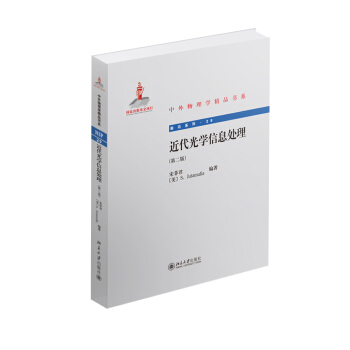

![代数拓扑导论 [Algebraic Topology:An Introduction] pdf epub mobi 电子书 下载](https://pic.windowsfront.com/10184569/1f2691de-8ab9-42ef-a71c-ae5295276dec.jpg)
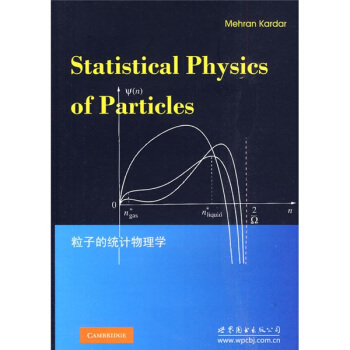
![经典数学丛书(影印版):抽象调和分析·第1卷(第2版) [Abstract Harmonic Analysis Ⅰ] pdf epub mobi 电子书 下载](https://pic.windowsfront.com/11551547/5438761cN3a144fab.jpg)
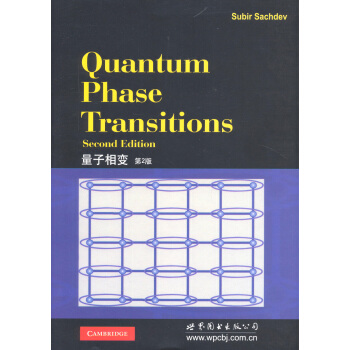

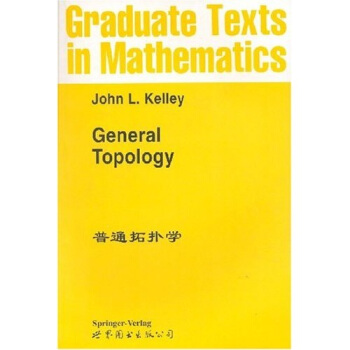
![应用泛函分析(第2卷)(英文版) [Applied Functional AnalysisMa:In Principles and Their Applications] pdf epub mobi 电子书 下载](https://pic.windowsfront.com/10104517/2f5abac2-6427-4f25-b218-91904c287192.jpg)
![基础数论(英文版) [Basic Number Theory] pdf epub mobi 电子书 下载](https://pic.windowsfront.com/10184575/af663a0f-1dcd-436b-b472-36efed609e5f.jpg)
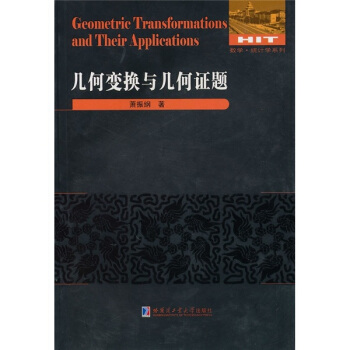
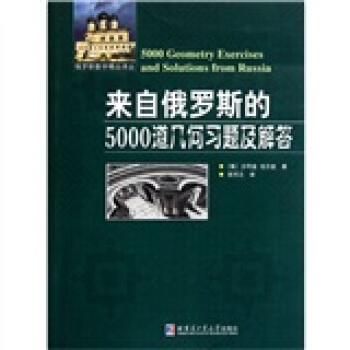


![有限群的线性表示 [Linear Representations of Finite Groups] pdf epub mobi 电子书 下载](https://pic.windowsfront.com/10096494/80e66ed0-32ef-4080-b176-3087bdeabdac.jpg)